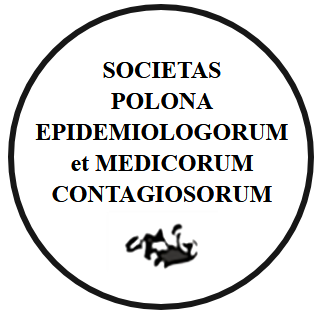A comparison of caries experience among orphanage children with non-orphans attending government school of Indore City
Publication date: 2024-02-02
Przegl Epidemiol 2023;77(3):337-343
KEYWORDS
ABSTRACT
INTRODUCTION.
Oral health is an imperative to general health. It is important in many aspects of child development, as poor oral health can lead to problems with nutrition, speech development and self-esteem. Children living in orphanage are considered vulnerable to oral diseases.
OBJECTIVE.
To identify and compare the caries experience of children between the ages of 6 and 15 living in orphanages with children attending school in the city of Indore.
METHODS.
A descriptive cross-sectional study was conducted among 6-15 years aged orphanage children and children studying in schools located in the same geographical area of the Indore city. A total of 200 children in each group were taken under the study. The data collected were oral hygiene practice and dentition status on WHO form 2013 for adults. The data was then analysed to determine mean DMFT and deft score.
RESULTS.
A statistically significant (p=0.001) difference in mean DMFT between orphans and non-orphans was observed. The decayed and missing component shows a statistically significant (p=0.001) difference between the orphans and non-orphans. For the primary dentition, the results show that the mean deft of orphans (0.28±0.84) was significantly higher (p=0.001) than non-orphans.
CONCLUSIONS.
Based on the results of the present study, it can be concluded that the dental caries experience of orphans living in government-funded orphanage homes was found to be better than non-orphans studying in government school.
Share
RELATED ARTICLE
We process personal data collected when visiting the website. The function of obtaining information about users and their behavior is carried out by voluntarily entered information in forms and saving cookies in end devices. Data, including cookies, are used to provide services, improve the user experience and to analyze the traffic in accordance with the Privacy policy. Data are also collected and processed by Google Analytics tool (more).
You can change cookies settings in your browser. Restricted use of cookies in the browser configuration may affect some functionalities of the website.
You can change cookies settings in your browser. Restricted use of cookies in the browser configuration may affect some functionalities of the website.




